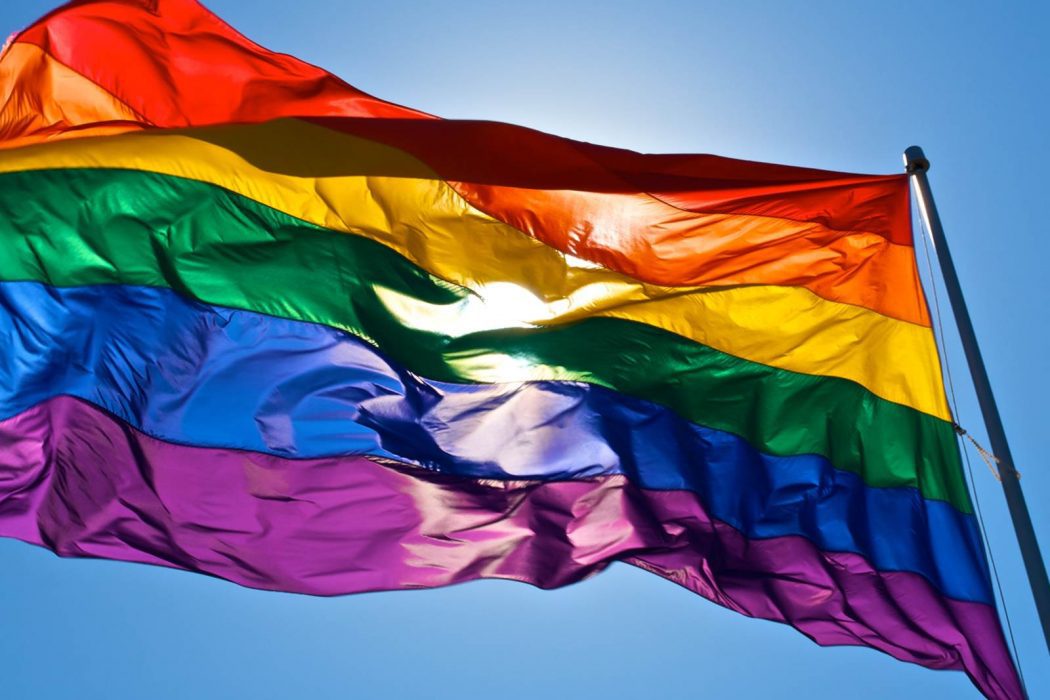As she re-reads ‘Ways of Seeing’ post Berger’s death, Paramita Banerjee takes a look at the chasm that exists between the women's rights/gender rights movement on the one hand and the sexuality movement on the other - seeking to understand the way such a gap reinforces hetero-normative patriarchy, thereby harming both forms of struggle in reality.
In course of my work, I had to inaugurate a beauty pageant of transwomen from the north-eastern states of India just a few years ago. An array of emotions fought inside as I lit the inaugural lamp along with the Project Director of the State AIDS Control Society of Manipur. I had travelled a long way, indeed, from being an active sloganeer in anti-beauty pageant rallies! But all wasn’t at peace inside, though I’ve had reasons to re-examine many tenets of the second wave feminism that questioned beauty pageants as deliberate promotion of the commodification of women’s bodies for the pleasure of the male gaze.Who defines what beauty is? Who sets the standards? Whose gaze it is that determines which skin-tone, what kind of figure, which eyes and lips are more desirable? Berger hadn’t left me that night. Returning to my hotel room well past midnight, I had opened his Ways of Seeing once more to hit on these lines: ‘The surveyor of woman in herself is male: the surveyed female.’
Lines from John Berger’s Ways of Seeing ran through my head as I sat there watching contestant after beautiful contestant. ‘Men look at women. Women watch themselves being looked at.’ In that act of watching herself, she turns the male gaze upon herself and becomes ‘an object of vision: a sight’ – says Berger. In this treatise first published in 1972, the author rues that this objectification of women even by themselves was being questioned, but was certainly far from overcome. I wondered if I was witness to an epitome of that pleasure at being watched during the beauty contest that night, more than four decades after Berger had published that book. Who defines what beauty is? Who sets the standards? Whose gaze it is that determines which skin-tone, what kind of figure, which eyes and lips are more desirable? Berger hadn’t left me that night. Returning to my hotel room well past midnight, I had opened his Ways of Seeing once more to hit on these lines: ‘The surveyor of woman in herself is male: the surveyed female.’
Two years later during a Pride Walk in Kolkata, my city of residence that had organised the very first Pride March of the country in 1999, Berger’s indelible mark on my own ways of seeing hit me again as I watched a transwoman marcher slide the border of her sari off her shoulder to reveal the curve of her breasts to a media representative who had his camera aimed at her. I completely believe that hetero-patriarchy uses dress codes as one means among many to keep women’s sexuality under wraps. But in that act of sliding the sari off her shoulders, there was no assertion of autonomous feminine pride about one’s body, but a barely veiled attempt at revealing to the male gaze a part of the body considered sexually exciting. ‘She is not naked as she is. She is naked as the spectator sees her.’ An appeal to the perceived sexuality of the spectator – not a revelation of one’s own desire, a la Berger again.
What has gone wrong where? Why this disconnect between the assertions of one’s own favoured gender expressions and the hard-fought wins of different waves of the feminist movement world over?
This is a continued struggle inside. Every time I watch transwomen use exaggerated feminine (so-called) movements and gestures that an average woman on the street never uses, like swinging the hips while walking and fluttering the eyelashes when speaking – Berger’s lines keep playing like a stuck record in my head over and over again. What has gone wrong where? Why this disconnect between the assertions of one’s own favoured gender expressions and the hard-fought wins of different waves of the feminist movement world over?
Undoubtedly, the same objectification of one’s own body for the pleasure of the male gaze is evident in every item number in Bollywood blockbusters and every time a heroine is made to sing and dance in scanty clothes on a glacier or a snow-capped mountain top where the hero is seen in full winter gear that the temperature demands. But I mention transwomen particularly because they have to undergo strife enough to break the barriers of hetero-patriarchy in the very act of accepting the gender that they identify with, as opposed to the one assigned at birth. It is painful, indeed, to have to perceive and admit that the struggle to break free of the normative gender binary does not necessarily instil a challenge against the archetypal notions of gender per se. Womanhood, for many a transwoman, gets defined by the contours of the classic chaste wife (substitute for the Madonna, as it happens) versus whore dichotomy, overruling/ ignoring all the other forms of feminine presence that billions of women keep fighting for all over the globe. All the classical features of so-called femininity unreasonably but calculatedly normalised by hetero-patriarchy are adopted in the process: submissiveness to the male partner, as opposed to a relationship of equality and dignity; the acceptance of the ‘passive’ tag in situations of sexual intimacy; a desire for the institution of marriage without questioning the values on which it is currently based and so on.‘The relation between what we see and what we know is never settled’ – says Berger, using the known-to-almost-everyone analogy of our seeing the sun to rise and set while we know that it is the earth that is moving.
‘The relation between what we see and what we know is never settled’ – says Berger, using the known-to-almost-everyone analogy of our seeing the sun to rise and set while we know that it is the earth that is moving. I experience this inevitable gap between seeing and knowing every time I encounter ways of dressing, movements, gestures and activities of transwomen artificially exaggerated to showcase the stereotypical femininity that born women have started questioning and rejecting a long time ago – not to mention that many of such phenomena have never been a part of average women’s everyday living in the first place. I know and completely respect an individual’s right to one’s own gender expressions, but what I see offends my sensibilities as a woman – not at all from a moralistic high ground, but from the plane of a painful reversal of breakaways from the stereotype that one has fought hard for.
I am well aware that there is ample scope to misinterpret my misgivings as internalised transphobia, but I do want to stress that I do not nurture any such feelings even in the deepest recess of my heart – as many of my transgender friends, acquaintances, brothers and sisters would testify.
I am well aware that there is ample scope to misinterpret my misgivings as internalised transphobia, but I do want to stress that I do not nurture any such feelings even in the deepest recess of my heart – as many of my transgender friends, acquaintances, brothers and sisters would testify. Also, I would like to acknowledge unequivocally that it is certainly not true that transwomen worldwide are disengaged from queer feminist discourse and practices. The aim of this piece is really to nudge those transwomen who do not realise the crucial connect between gender discrimination aimed at girls and women and the right to freedom for non-normative gender expressions. It is imperative for all transwomen to become conscious of the ploys of patriarchy to divide and rule, so as to prevent queer people’s struggle towards inclusion, equality and dignity being continuously pushed to the brink.
‘The idea of innocence faces two ways. By refusing to enter a conspiracy, one remains innocent of that conspiracy. But to remain innocent may also be to remain ignorant’ – warns Berger. It’s a warning that needs to be heeded by my transwomen sisters now more than ever before.



